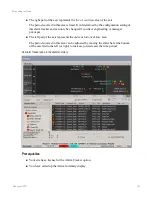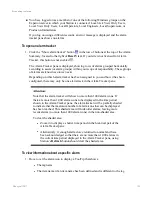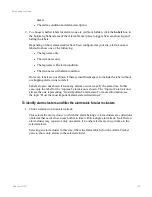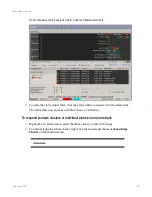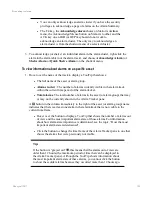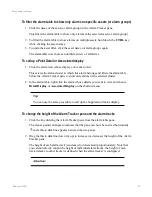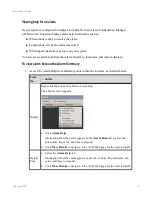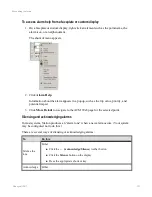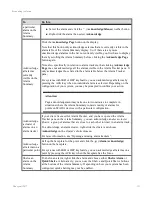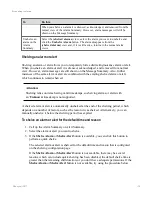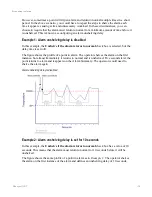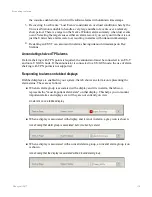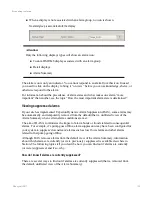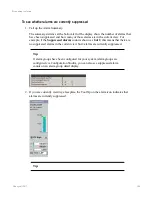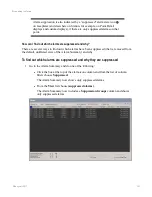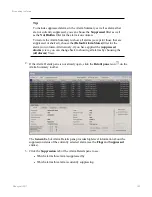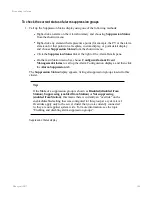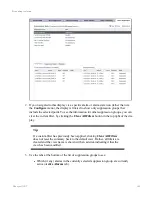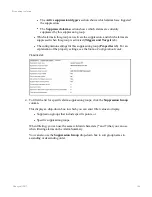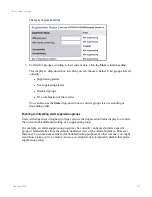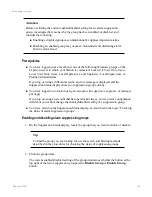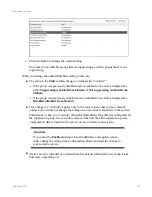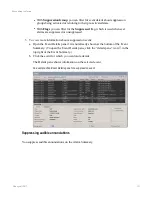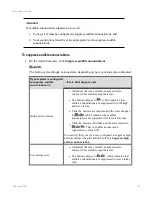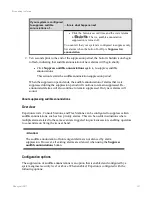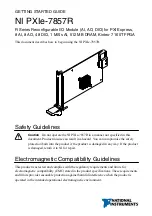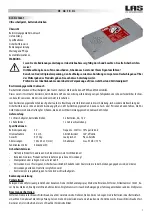
the console enabled unit, which will results in alarms with unknown timestamps.
3. Recovering 'Lost Events.' 'Lost Events' constitutes an overload condition whereby the
Universal Station is unable to handle a very large number of events over a relatively
short period. There is a target on the Native Window alarm summary when lost events
occur. Selecting the target causes either an alarm recovery on every unit in the Area or
just the Units where alarms were lost, resulting in alarms with unknown timestamps.
4. Restarting an ESVT can also result in alarms having unknown timestamps on Flex
Stations.
Annunciating shelved TPS alarms
If alarm shelving with TPN points is required, the annunciator must be connected to an ES-T
and not a US/GUS node. If the annunciator is connected to a US/GUS node, the use of alarm
shelving with TPN points is not supported.
Responding to alarms on tabbed displays
If tabbed displays are enabled in your system, the tab shows an alarm icon representing the
alarm status. These are as follows:
n
When an alarm group is associated with a display and it is in alarm, the tab icon
represents the "most important alarm state" on that display. This helps you to monitor
important alarms on displays even if they are not currently on view.
An alarm icon on a tabbed display
n
When a display is associated with display and it is not in alarm, a gray icon is shown.
Icon showing that alarm group is associated, but not currently in alarm
n
When a display is associated with an invalid alarm group, an invalid alarm group icon
is shown.
Icon showing that the display is associated with an invalid alarm group
Responding to alarms
Honeywell 2017
138

